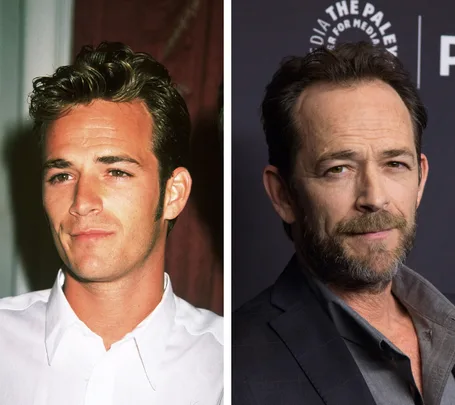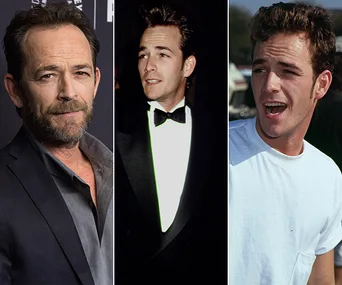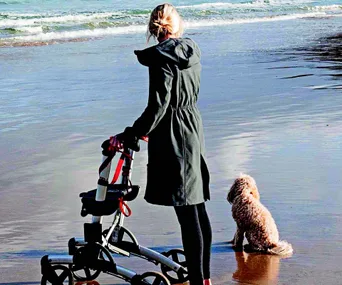A stroke is something we typically think of as happening to our parents or grandparents.
Similar to Alzheimer’s disease and dementia, a stroke tends to be branded as an “old person’s problem” that we’ll worry about later on in life.
But the tragic death of 90210 and Riverdale actor Luke Perry last week at the age of just 52, reminds us that a stroke can happen to anyone.
The father of two was hospitalised after having a stroke in his own home and died a day later.
Stroke is one of the biggest killers in Australia.
Every year there are more than 56,000 strokes – that’s one every nine minutes.
“There is a common misconception that stroke only impacts people later in life, but that is not the case. Stroke does not discriminate,” Stroke Foundation Clinical Council Chair Professor Bruce Campbell told The Weekly.
“It can happen to anyone at any age – even babies, children and healthy young adults can have strokes. The incidence of stroke in younger adults is on the rise, largely due to lifestyle factors,” he said.
READ NEXT: Celebrating Luke Perry’s life in pictures
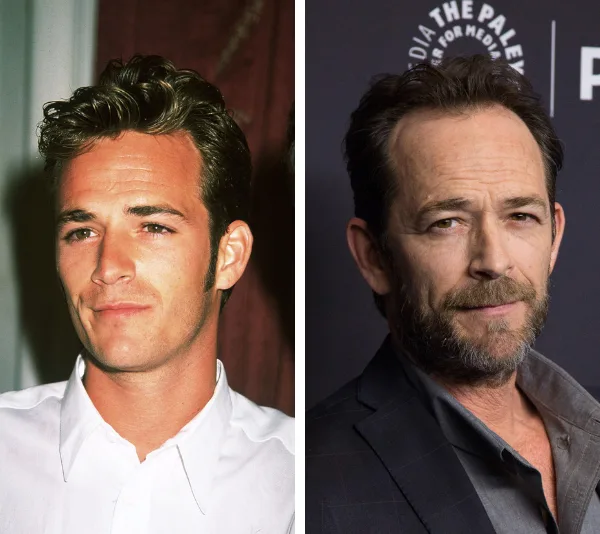
Luke Perry was just 52 years old when he died. (Image: Getty)
What is a stroke?
“A stroke happens when blood supply to the brain is cut off by a blood clot or a burst artery, depriving it of oxygen. Without oxygen, brain cells start to die immediately,” Professor Campbell said.
“When a stroke strikes the brain, it happens in an instant. The faster stroke is treated, the better the chance of a good outcome no matter how old you are,” he said.
While a stroke can cause death or disability, many people are able to make a good recovery.
The faster stroke is treated, the better the chance of a good outcome. Time saved equals brain saved.
Every stroke is different depending on what part of the brain the stroke attacks and how severe it is. But what is common, is the devastation it can cause the survivor, their carer and family.
READ NEXT: The couple who fought a stroke and cancer together
What causes a stroke?
More than 80 per cent of strokes are preventable, which means the majority are caused by an unhealthy lifestyle, so eating too much of the wrong foods and a lack of exercise.
“Most strokes can be prevented by managing blood pressure and cholesterol and sticking to a healthy diet, avoiding sugary drinks, cutting salt intake, exercising regularly, only drinking alcohol in moderation and not smoking,” said Professor Campbell.
“There are a number of risk factors for stroke,” he added. “These include genetic factors, high blood pressure, high cholesterol, smoking, obesity and diabetes.”
Strokes in younger people tend to be based on a more diverse range of causes.
“In younger people there are also a range of different causes such as a tear in the wall of an artery causing a clot to form, structural heart defects that predispose to clot formation and abnormal blood vessels in the brain (e.g. arteriovenous malformations) that can bleed,” he said.
READ NEXT: ‘My mum is lucky to be alive after having a stroke’
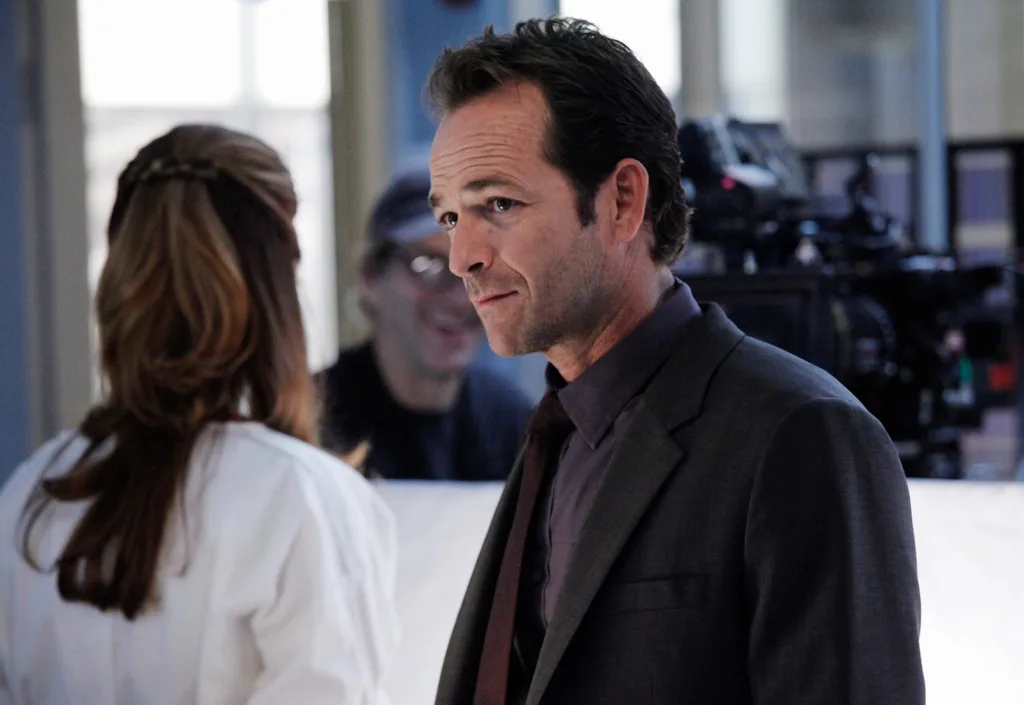
He was rushed to hospital in an ambulance. (Image: Getty)
What age demographic is most likely to have a stroke?
While it’s not uncommon for young people to have a stroke, 71 per cent of strokes in Australia occur in people after 65 and over, according to the Australian Institute of Health and Welfare.
That still means almost one in three strokes happens to a person of working age, or under 65.
Watch Below: Luke Perry’s incredible Hollywood career. Story continues after the video.
What are the symptoms and warning signs?
These are the most common stroke symptoms:
Sudden numbness, weakness or paralysis in their face or limbs, particularly down one side of the body
Confusion, memory loss, or having trouble understanding what people are saying
Difficulty carrying out basic movements like walking, swallowing
Slurred speech or an inability to speak
Blurred vision, or temporary loss of vision in one eye, rapid involuntary eye movement
Pins and needles or reduced sensation to touch
The FAST Test is a simple test anyone can do to determine if they have had a stroke and it’s a method health experts encourage us to be familiar with
These are the F.A.S.T signs of stroke:
Face: Check their face. Has their mouth drooped?
Arms: Can they lift both arms?
Speech: Is their speech slurred? Do they understand you?
Time Is critical: If you see any of these signs call 000 straight away.
